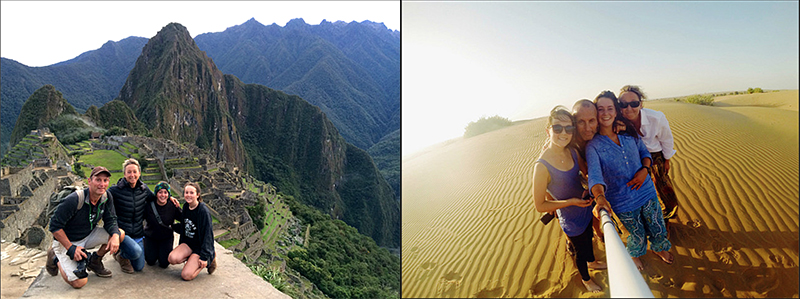Sometimes, food poisoning can be a good thing.
I mean that.
Thanks to a lovely case of dysentery or perhaps, it was some horrible Oregon Trail disease that I picked up in Bolivia, I arrived in Peru much earlier than planned. After I regained my appetite, I spent almost two weeks photographing all the amazing sites and countless alpacas around Cuzco, the gateway city to Machu Picchu.
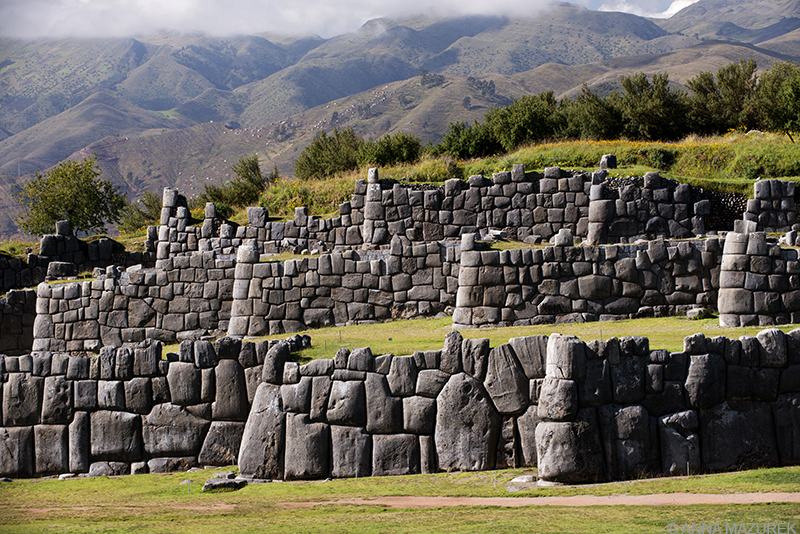
Sacsaywamàn is the most impressive set of Inca ruins in close proximity to Cuzco, Peru. It is accessible by bus or a hiking trail.
The majority of the people I met were simply rushing to get to Machu Picchu without taking the time to explore the Sacred Valley, which lies 15 kilometers north of Cuzco. If I hadn’t picked up that nasty stomach bug in Bolivia, I might have missed out on some spectacular Inca ruins, herds of fluffy alpacas and postcard-worthy towns myself!
The dry season in Peru runs from May until September, which makes NOW the perfect time to explore the Sacred Valley and acclimatize to the altitude before heading to Machu Picchu.
TIP: Before leaving Cuzco, purchase an official tourist ticket (boleto turístico), which offers access to 17 sites over a 10-day period including Cuzco museums and four of the Inca ruins below. Boleto turísticos ($40 USD) are required, and only partial tickets ($22) are available at each site. A student ticket is only $25 with ID. Full tickets can be purchased at the COSITUC office at 103 Avenida del Sol in central Cuzco. Here are the best things to do in Cuzco, Peru.
Five Day Trips Near Cuzco, Peru
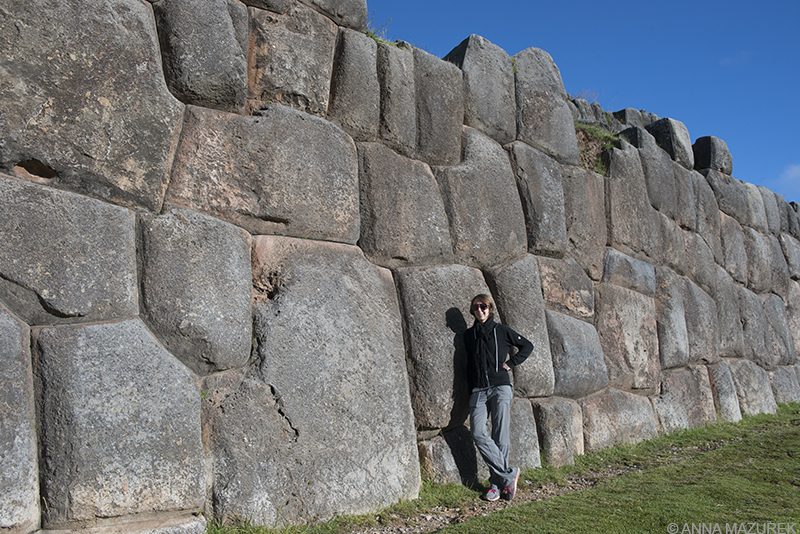
Only 20% of the original structure of Sacsaywamàn remains including some of the largest stones, which were too difficult to be moved. The most impressive feat of Inca ruins is the precision fit of each stone. I posed for a photo just for perspective!
1. Sacsaywamàn
Although Sacsaywamàn is technically not in the Sacred Valley, these impressive ruins on the edge of Cuzco include three tiers of zigzagged walls, which are significant from both a military and religious standpoint. The Inca’s envisioned Cuzco to be in the shape of a puma and the zigzag formations are said to be the puma’s teeth. In 1536, the Inca’s were tragically defeated here by the Spanish, who tore down many of the walls to build houses.
The best time to visit is sunrise when the ruins are empty and herds of alpacas wander through for perfect photo opportunities. (Of the five places listed, this has the heaviest amount of llama/alpaca traffic. FYI: I love alpacas!) The site is accessible by a two kilometer uphill trek from Plaza de Armas or by public bus. For safety reasons, avoid walking alone at sunrise. (I went at sunrise with two other people, and we had no issues.)
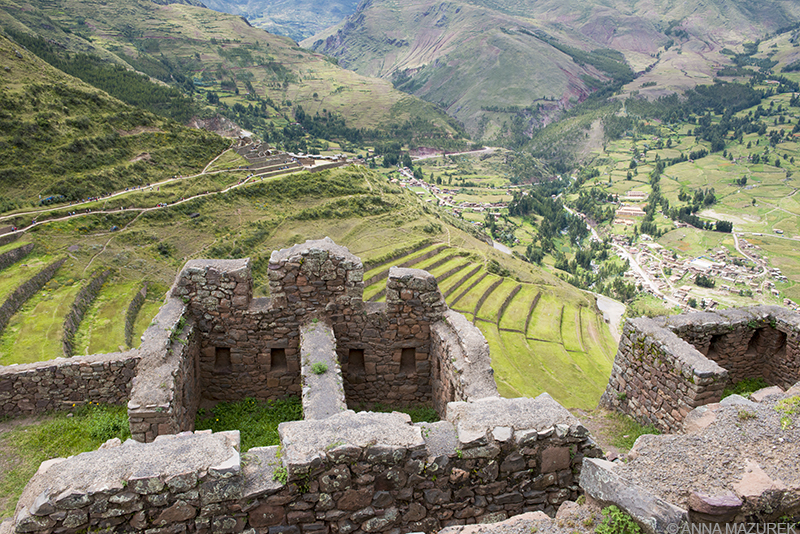
The colonial village of Pisac and its’ famous Inca ruins are 33 kilometers northeast of Cuzco and are accessible by public bus.
2. Pisac
The colonial village of Pisac is known for two things: a bustling market and the grand Inca fortress hovering above the city. While Tuesday, Thursday and Sunday are official market days, the market is so popular that it’s open to some extent every day. On market days, bus tours bring in hordes of people to the town and ruins. The main portion of hillside Inca citadel is a 30-minute walk from the entrance and is rarely visited. (Bus tours do not allow enough time to visit this section.) The best way to visit is to take a local bus from Cuzco to the town of Pisac. Then, walk the steep uphill four kilometer trail (two hours) to the ruins or take a taxi from town. Pack lots of snacks and water!
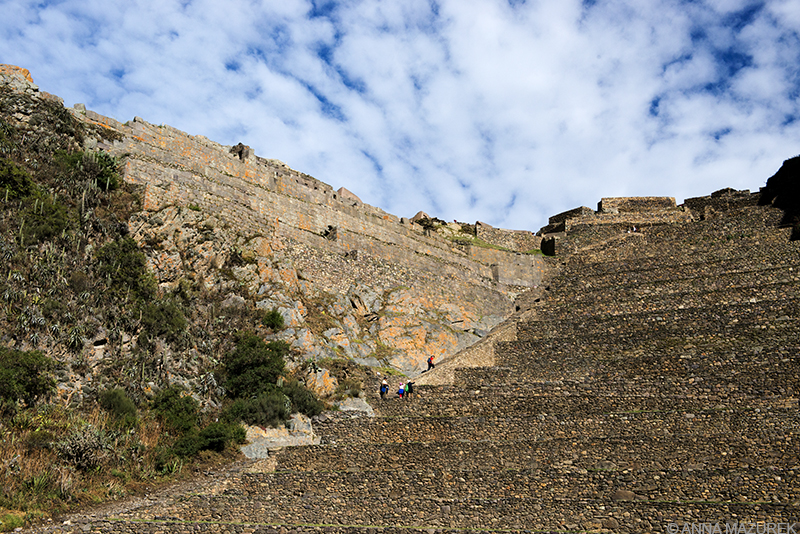
Ollantaytambo lies in a valley between two impressive Inca fortresses. It is also the main train stop en route to Agua Calientes.
3. Ollantaytambo
The picturesque town of Ollantaytambo is guarded by an impressive Inca fortress and temple lined with terraces linked by steep, lung-busting staircases. The city is a main transport hub between Cuzco and Machu Picchu and is very peaceful once the afternoon crowds depart. The quaint Inca village is filled with narrow cobblestone streets paralleled by irrigation channels. It has been inhabited consistently since the 13th century. Spend a couple days hiking and exploring nearby ruins. I stayed at Casa de Wow—a cute place with an excellent view of the ruins!
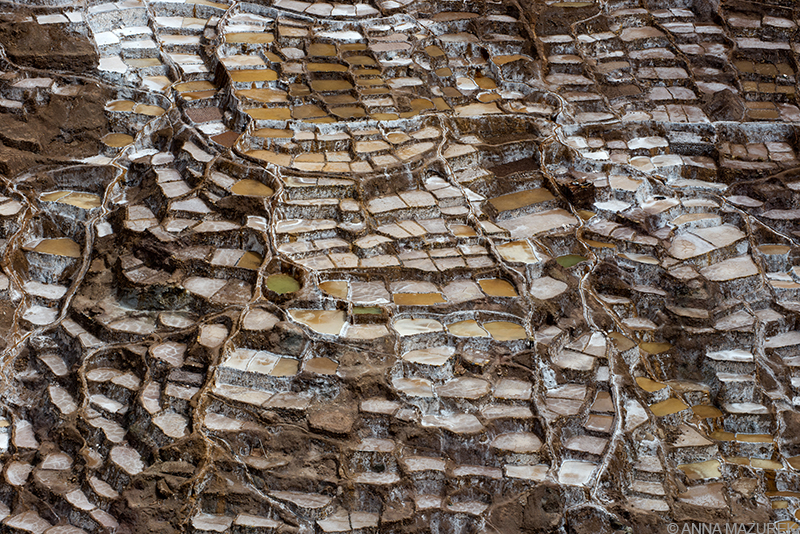
Visitors are allowed to walk on footpaths between the salt pools at Salinas, which have been in use since Inca times.
4. Salinas
Salinas is one of the most spectacular sites in the entire Sacred Valley—a mountain valley filled with hundreds of salt pools. The pools are fed from a hot spring of heavily salt-laden water, and the salt is harvested for cattle licks. Getting to Salinas on your own involves multiple forms of transport and wastes a good part of the day. A day tour from Cuzco ($10 USD) will save you time and hassle, and will allow you to also visit Moray (below). Tours will stop at an aerial viewpoint, then continue to the main entrance. Admission ($1.50 USD) is not included in the boleto turístico.
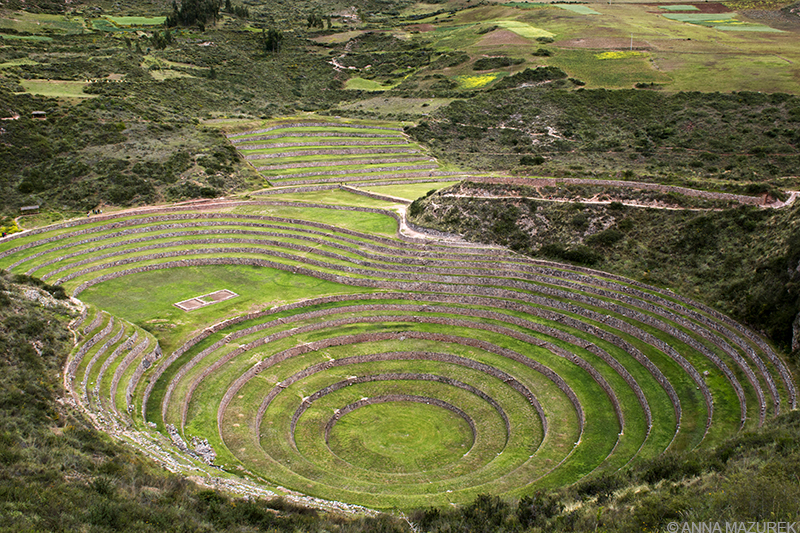
The terraces of Moray are not as crowded as other prime sites in the Sacred Valley like Pisac or Ollantaytambo.
5. Moray
The amphitheater-like terraces of Moray are stunning. Each of the three sets of terraces are carved into the earth like a tiered bowl. Each level has its own microclimate, which the Incas are theorized to have used to determine the optimal growing conditions for various species of crops. A day tour from Cuzco is the fastest, cheapest and easiest option to visit both Moray and Salinas above. Otherwise, a public bus can drop you off at the Moray turnoff, where taxis gather in high season.
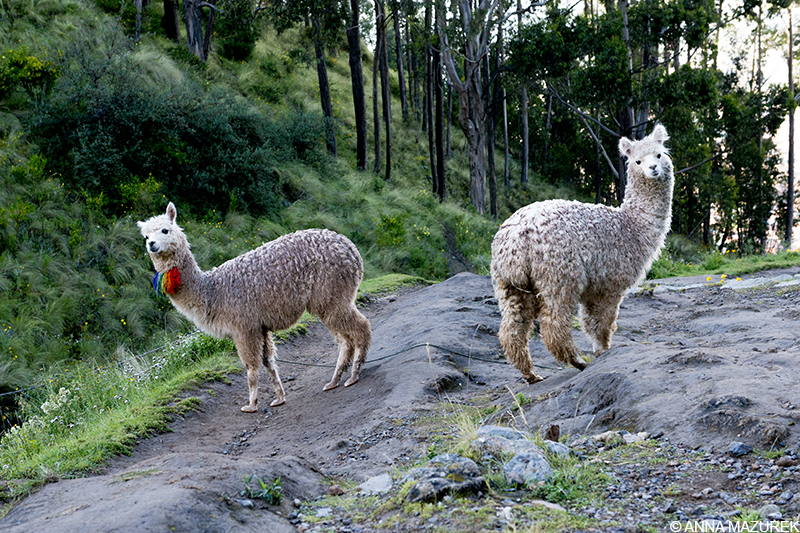
I met these cute little alpacas on my sunrise hike to Sacsaywamàn. (There was an alpaca or llama in 90% of my photos from Peru.)
WHEN TO GO TO CUZCO, Peru
June through August is peak season with the biggest crowds and festivals. Crowds thin in September and October. November through March are pretty wet. I went in late April, and the weather was fine! Temperatures are in the 60’s year-round, but nights are cold so stock up on llama sweaters and socks!
********************************************
COMING UP:
In the next Travel Tuesday Interview, I talk with Cath McGuinness about how her family of four spent almost a year traveling around the world! Sign up for more interviews from inspiring travelers on my home page!
